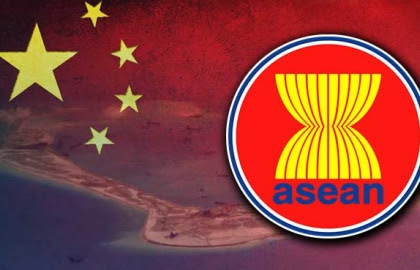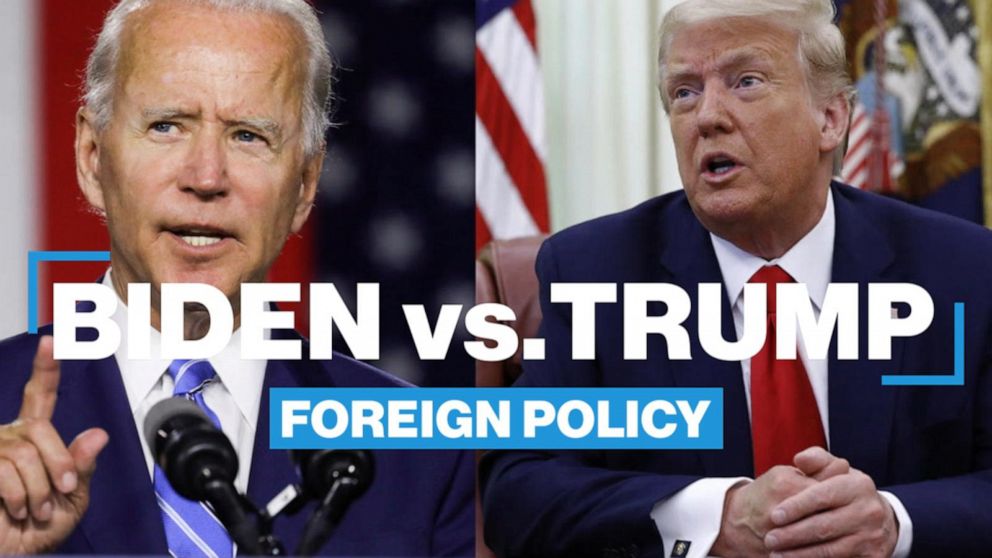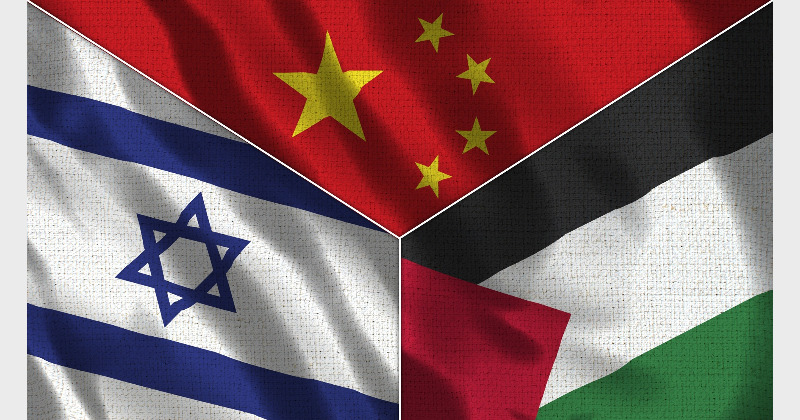Listen to the article
China’s long-term objective is to treat the South China Sea (SCS) as an extension of its influence through a combination of tactics that include economic statecraft to dominate and divide the region, the deployment of naval assets, the building of artificial, militarized islands and fracturing ASEAN’s desire to come to a robust code of conduct with the dragon nation.
Beijing does this by ensuring that China enjoys strong relations with other ASEAN nations like Cambodia so that it could avoid the code of conduct and flexes its muscle in the region.
Beijing aims to fracture the ASEAN unity through economic engagement so that it does not have to use military power to enforce its will.
These methods will continue to accrue benefit as long as the United States is not committed to the region or seen as not paying enough attention to ASEAN and the East Asia Summit (EAS).
This narrative has strengthened after the announcement by the White House that U.S. President Biden would not attend the US-ASEAN Summit or the East Asian Summit, despite China sending their number two, instead of Xi Jinping.
China’s building of artificial islands and then designating them into the area of the Nansha municipality is a lawfare tactic that allows Beijing to claim that it has administrative control over the islands. This enables China to use its coast guard vessels to enforce its domestic policies in those islands.
This will challenge other claimants in the region as they do not have coast guard vessels to rival the Chinese nor do they have domestic legislation that allows their coast guard to use force to secure their claims.
This asymmetry means that other claimants will be compelled to use their military forces to resist Chinese misadventure, which would be seen as escalatory, prompting the PLA Navy to step in.
ASEAN states should bring in extra-regional powers like Japan, India, the United States and perhaps the European Union to build comprehensive capabilities to resist Chinese tactical methods to dominate the South China Sea.
This could include capacity building, the provision for coast guard vessels and maritime domain awareness tools, more frequent transits through the region and training to win the legal competition for ideas over the South China Sea.
Only from a position of strength can ASEAN and individual Southeast Asian states find a way to negotiate with China to get optimal results.
The biggest fear for the global community involved in the South China Sea is that the sea lines of communication that transport 5.5 trillion USD in goods through the SCS would be disrupted.
This is an existential threat requiring continued international management and a strong coalition to communicate to Beijing that its assertive behavior is destabilizing.
Initiatives such as the Indo-Pacific Maritime Domain Awareness is a good example of countries working together to bring stability in the region.
Cambodia and Laos are vulnerable to China’s influence and are likely to fracture ASEAN unity. The ASEAN countries that are at the risk of Chinese gray zone, lawfare and hybrid tactics are Vietnam and the Philippines.
We have already witnessed attacks on Vietnamese fishing vessels and a host of tactics against the Philippines such as water cannon attacks and swarming tactics with merchant vessels. Both Hanoi and Manila can do little if Beijing decides to escalate the situation.
There are many ways to strengthen the ASEAN intra-regional cooperation, its strategic autonomy, and ultimately its ability to resist Beijing’s efforts to realize its own version of the Monroe Doctrine.
Japan continues to prefer supporting the enhancement of infrastructure and connectivity, diplomatic engagement and the deployment of ODA and FDI to promote intra-ASEAN integration and deeper strategic autonomy. It also works bilaterally with Southeast Asian countries to enhance their capabilities.
The QUAD or even the Rimpac exercises should be conducted in the South China Sea regularly. Southeast Asian countries should be welcomed into the exercises to build their capacities and experience working in security operations within the region.
The EU, new cooperative groupings like South Korea-Japan-the US or the US-Philippines-Japan-Australia groupings provide opportunities to add public good to the region through diplomatic gatherings, Humanitarian Assistance and Disaster Relief (HADR), search and rescue operations and other activities in the region.
Other nations like Canada, the United Kingdom, France may enhance the legal training that Southeast Asian countries receive to enhance their ability to address issues in the SCS through international institutions.
A collective effort is required to enhance Southeast Asian countries abilities individually as well as within ASEAN to ensure that South China Sea territorial disputes do not escalate into a conflict or is determined through a mighty Machiavellian approach to international affairs.
Source: https://international.thenewslens.com/article/186544.





Leave a comment